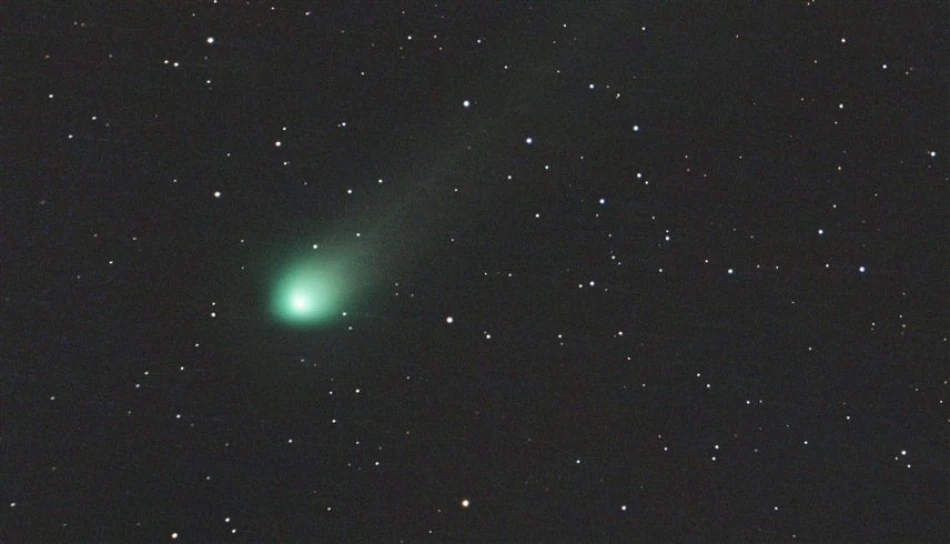
Rare Celestial Spectacle: 'Lemon' Comet Shines Brightly in UAE's Skies
A newly discovered comet called C/2025 A6 Lemmon has been spotted by astronomers in the UAE, and it's expected to become bright enough to see with the naked eye in the coming weeks. The Al Khatam Astronomical Observatory captured detailed images of the comet early yesterday morning, showing its distinctive emerald green glow and streaming tail.
The comet is currently visible in the eastern sky just before dawn, but astronomers predict its brightness will increase significantly over the next few weeks. It should reach third magnitude, making it one of the brightest comets visible without telescopes - at least from areas away from city lights.
Here's where it gets interesting: the comet will shift its position dramatically as it moves closer to the sun. Starting October 15, it will become an evening object, appearing in the western sky after sunset instead of before dawn.
The observatory team used some serious equipment to capture these images. They combined 84 separate 30-second exposures taken between 4:10 and 5:00 AM local time, creating a final image with 42 minutes of total exposure time. They used a 4-inch refractor telescope with a high-resolution color camera and special filters to cut through light pollution.
The comet's striking emerald green color comes from carbon molecules getting energized by ultraviolet radiation from the sun. This creates the distinctive glow that makes comets so captivating to watch. The tail stretches across almost the entire frame of the photograph, showing how much material the comet is shedding as it approaches the sun.
For astronomy enthusiasts, this represents a rare opportunity to see a bright comet without expensive equipment. Third magnitude objects are easily visible to the naked eye under reasonably dark skies, though urban observers might still need binoculars due to light pollution.
The timing shift from morning to evening viewing will make the comet much more accessible to casual observers. Most people find it easier to step outside after sunset than to wake up before dawn for astronomical viewing.
Comets like this one follow long orbital paths that can take decades or even centuries to complete. C/2025 A6 Lemmon likely originates from the outer reaches of our solar system, and this close approach to the sun represents a brief moment when we can actually see it clearly from Earth.
Most Viewed News

 Sara Khaled
Sara Khaled






